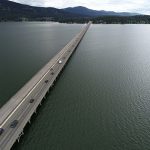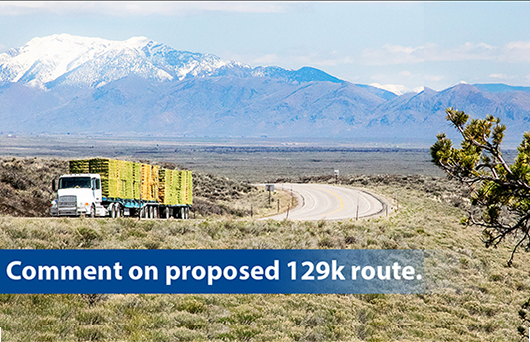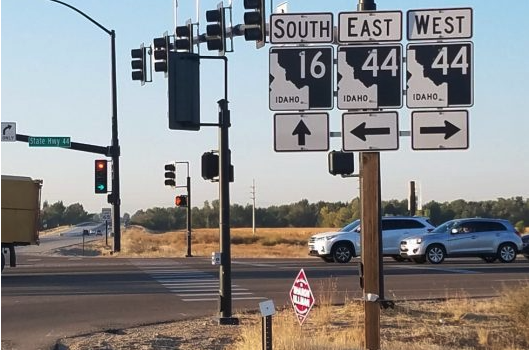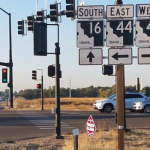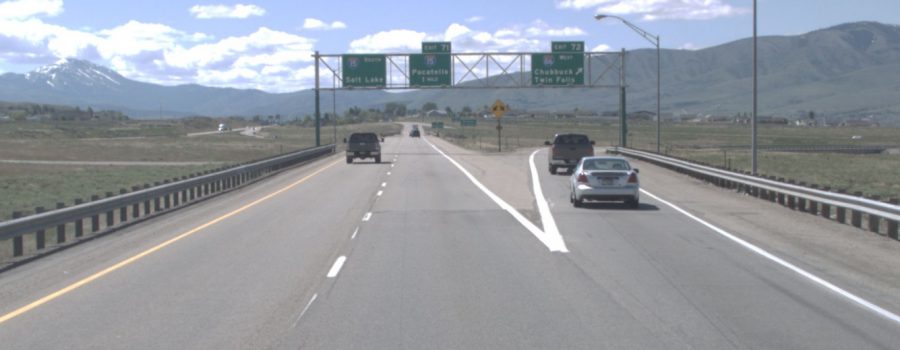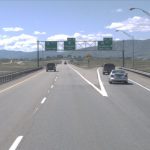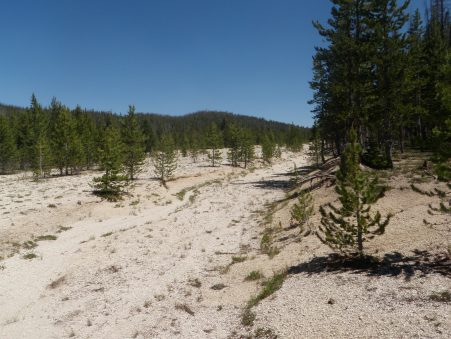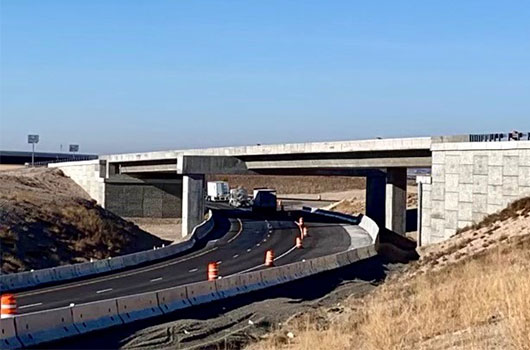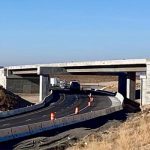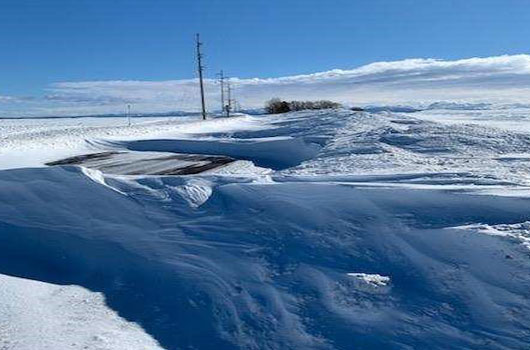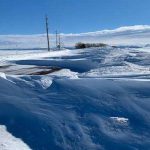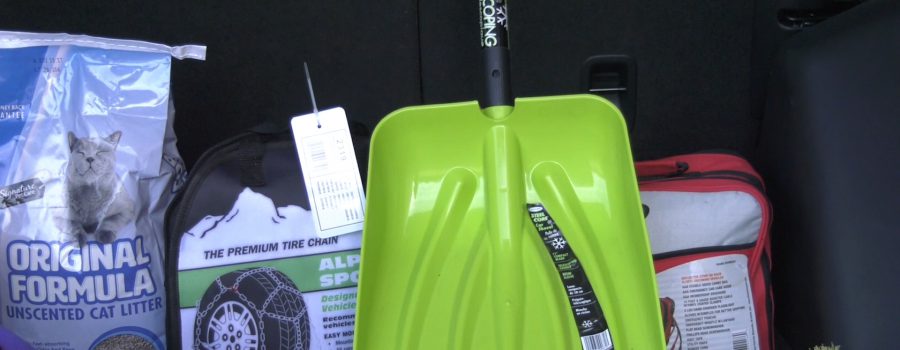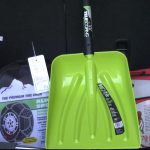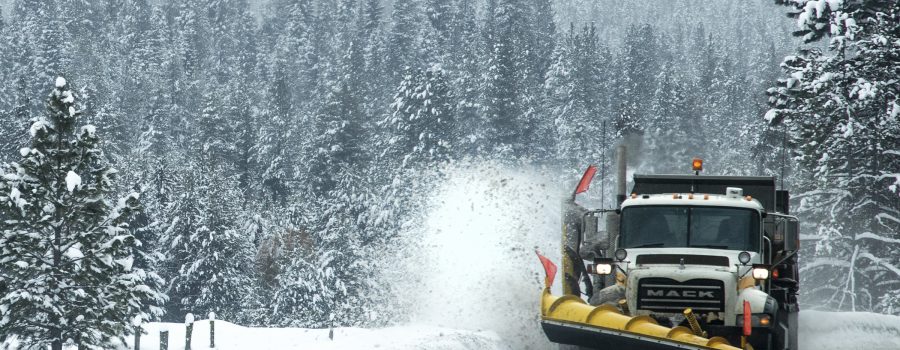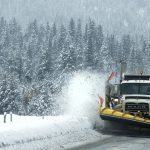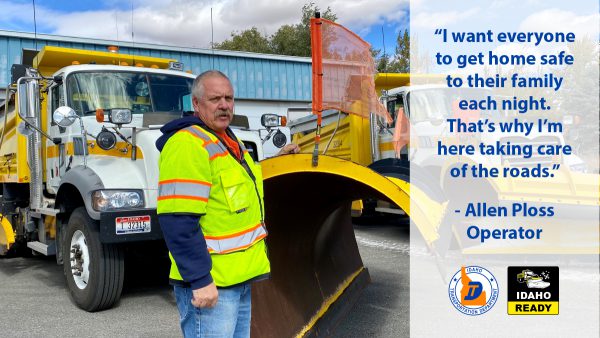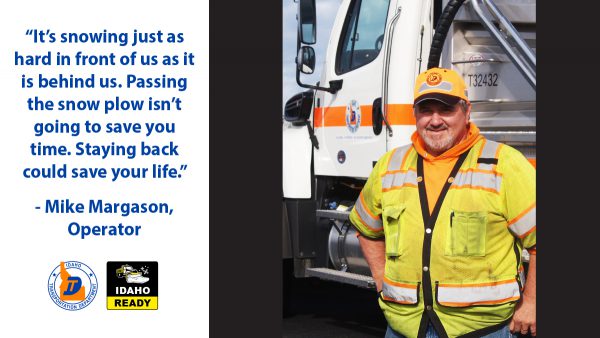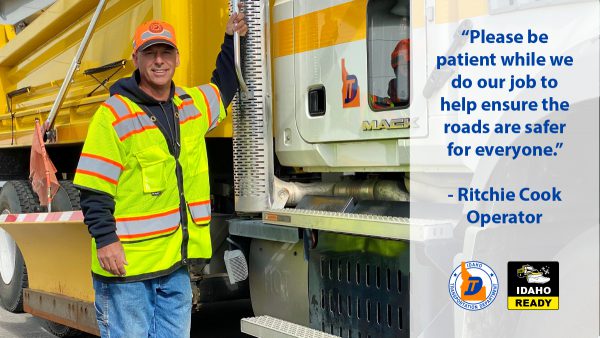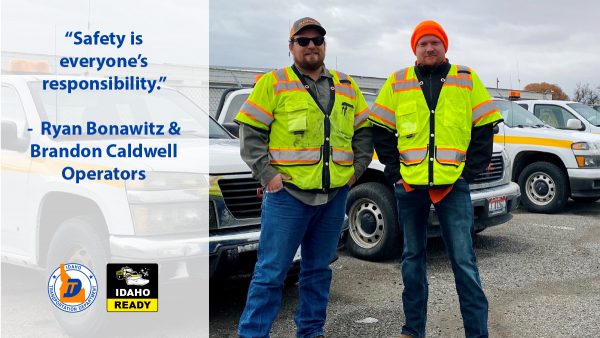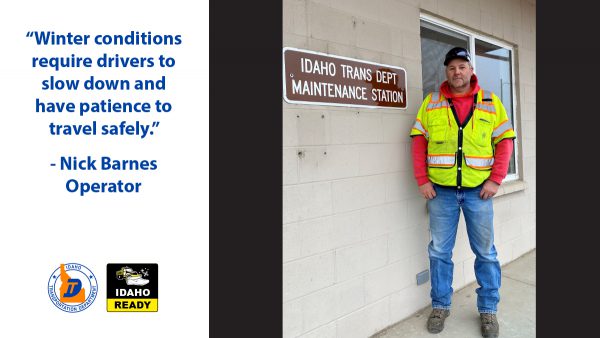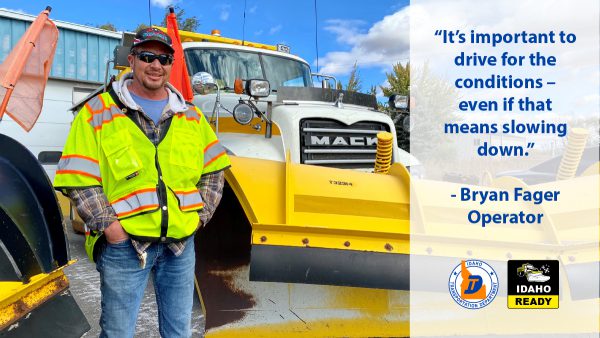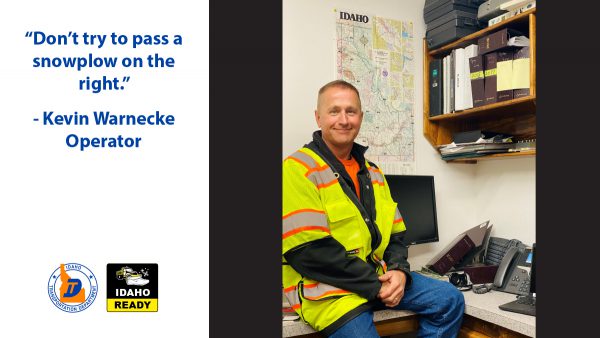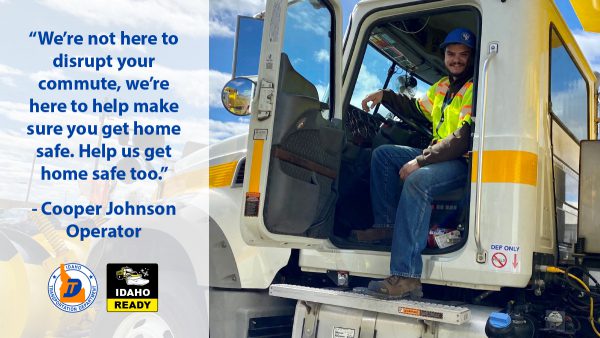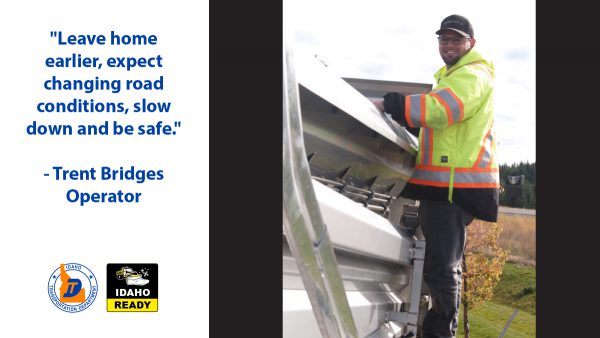Idaho Transportation Department now taking comments for all upcoming projects
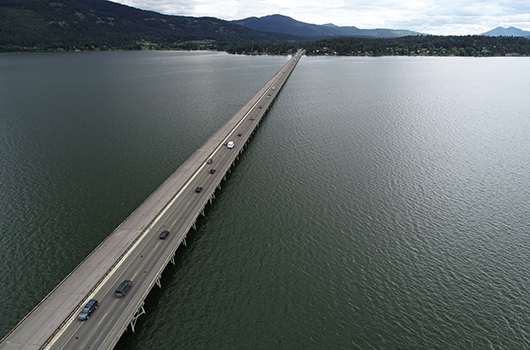
The Idaho Transportation Department (ITD) is asking for input on the just-released draft Idaho Transportation Investment Program (ITIP). The 2022-2028 ITIP is a seven-year master plan of the state’s transportation improvement projects. Everyone is encouraged to participate starting in July.
Projects can range from large-scale interstate improvements to smaller projects like the installation of a new guardrail. In all, the draft ITIP includes projects in all 44 counties and all modes of transportation. Projects were selected based on technical data, as well as input from local officials and residents.
A complete breakdown of the draft plan can be found at itd.idaho.gov/funding, as well as an interactive map that allows users to learn about projects by narrowing it down to specific categories and locations.
A few of the major projects throughout Idaho are:
- Bridge replacement and adding a travel lane on west bound I-86 in Pocatello.
- Interchange improvements to the I-15 Exit 113 interchange in Idaho Falls including constructing roundabouts.
- Full road reconstruction on ID-33 from the US-20/ID-33 interchange to Newdale.
- Replacement of the structure at the I-84/ID-50 Junction (Exit 182).
- Replacement of Yankee Fork Bridge on ID-75 in Custer County.
- Widening ID-44 from Star Road to Linder Road.
- Extending ID-16 from US-20/26 to I-84.
- Redesign of the interchange at I-90 and ID-41, with construction planned to start in 2023.
- Study to begin this fall to examine potential expansion of US-95 to four lanes from Moscow to north of the Mineral Mountain Rest Area.
Comments will be taken from July 1-31 and can be e-mailed to ITDcommunication@itd.idaho.gov or mailed to:
ITIP – Comments
Attn: Office of Communication
P.O. Box 7129
Boise, ID 83707
Paper copies of the ITIP will be provided upon request by contacting the Idaho Transportation Department (208) 334-8119.
All comments will be reviewed, incorporated into the ITIP where appropriate, and responses will be sent in September once the comment period has ended.
After approval by the Idaho Transportation Board in September, the ITIP will then be submitted to the Federal Highway Administration, the Federal Transit Administration, and the Environmental Protection Agency in October.

